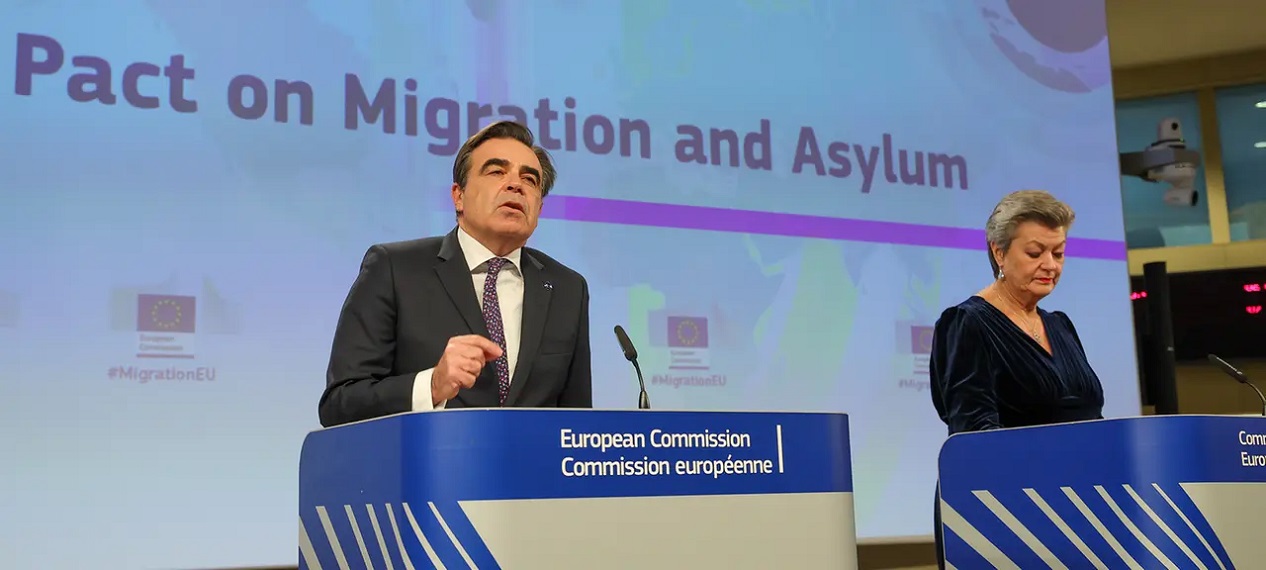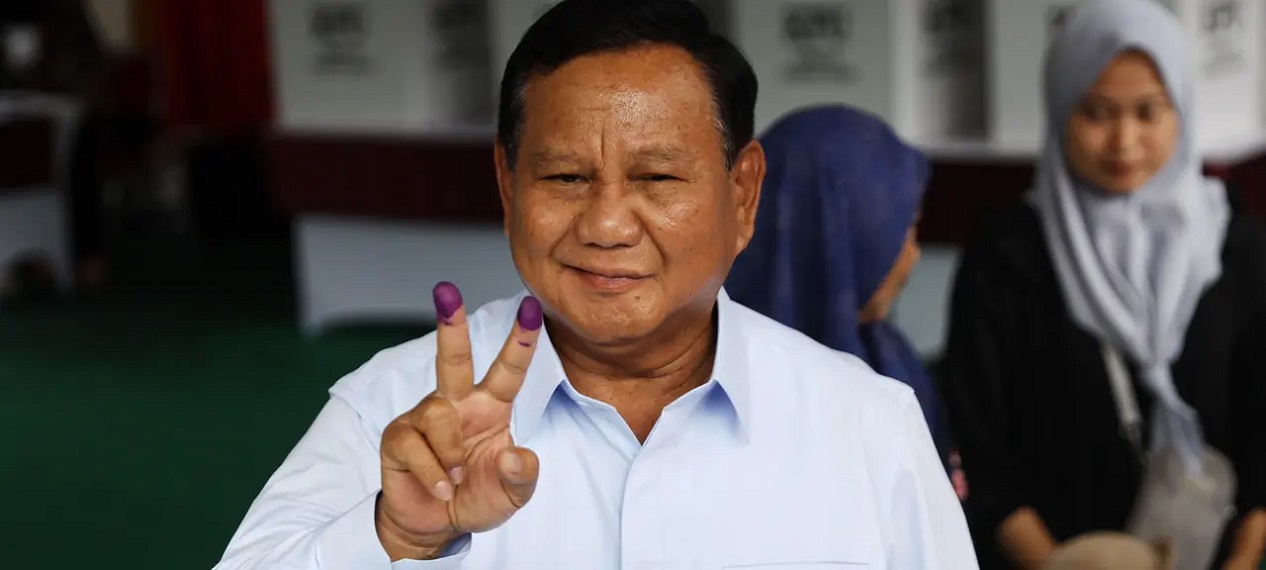A Signal of Capability
The EU asylum reform signifies a significantly tougher migration policy, even towards families with children. However, the failure to establish a common policy would have been a disgrace, not to the advantage of migrants.
In Brussels, there was no shortage of pathos and celebration today. Commission President Ursula von der Leyen speaks of a “historic agreement”.
Parliament President Roberta Metsola stated that a way had been found that respects both borders and treats those in need of protection fairly and humanely. “And it stands firm against those who do not qualify for protection, and is strong against the traffickers who exploit the weakest people on our planet,” Metsola added.
This is the plan behind the EU asylum reform, which means one thing above all: a significantly tougher approach to migration policy. Fewer people should come to Europe and fewer should stay longer.
Fast asylum procedures at external borders crucial
The key to this is fast asylum procedures at the EU’s external borders, such as in Italy, Greece, Bulgaria, or Romania. All migrants who have little chance of asylum because they come from a country whose citizens have a recognition rate of less than 20 percent in the EU should receive an asylum procedure in these camps within a maximum of twelve weeks. This includes people from Morocco, Tunisia, Bangladesh, or Pakistan.
They are prevented from continuing their journey by border fences. For a simple reason, according to Lena Düpont, spokesperson for the CDU/CSU group in the European Parliament: “So that we can make a distinction as early as possible between those eligible for protection and those who are not. Those who are eligible for protection will be distributed within the European Union according to a solidarity mechanism that also fairly distributes responsibility among member states.” Those who are not eligible for protection will be consistently returned from the external border.
Mandatory redistribution and fast returns
With this, Member of the European Parliament Düpont addresses two points on which the success of the pact depends. On the one hand, solidarity among EU states – so far, this has been lacking. In the future, up to 30,000 people per year should be mandatorily redistributed. This will relieve arrival countries such as Italy. And also destination countries such as Germany, where currently the most asylum applications are being filed.
Then there are the fast returns: It is a plan with which Europe has been quite helpless until now. Therefore, more “safe third countries” are needed in the future, countries that enter into agreements and deals and take in or accept migrants in large numbers. Preferably without human rights violations, although they are currently frequently discovered.
Respecting human rights?
In the future, as Birgit Sippel, the SPD’s interior expert in the European Parliament, speaks about the achievements of the agreed-upon pact, there will be a monitoring mechanism for fundamental rights in EU asylum procedures: “We have ensured that asylum law is respected and human rights are respected. And we have established special protection rules for minors.”
But regarding this issue, human rights organizations and the Children’s Fund are particularly outraged today. One of the most symbolic challenges of this asylum reform is the treatment of families with young children. According to the reform, they too – even with very young children – would have to endure in the detention-like border camps if they enter European soil and have little chance of asylum.
The Pact on Asylum and Migration will now impose such images on Europeans. Much to the annoyance of the Green Party migration expert Erik Marquart: “In the end, an asylum reform was adopted here that contains significant tightening of asylum law. And it probably does not contribute to a fairer distribution or faster integration of those who receive protection in Europe.”
No reform would be a disgrace
But above these goals, for the 27 EU states, there is currently a signal of capability – also due to the sentiment in large parts of the population.
Consider the opposite: If the EU had not managed to establish a new, reality-adjusted, common approach to migration policy, it would have been a disgrace and not necessarily to the advantage of many female and male migrants. But it would have been ammunition for the right-wing populists.












